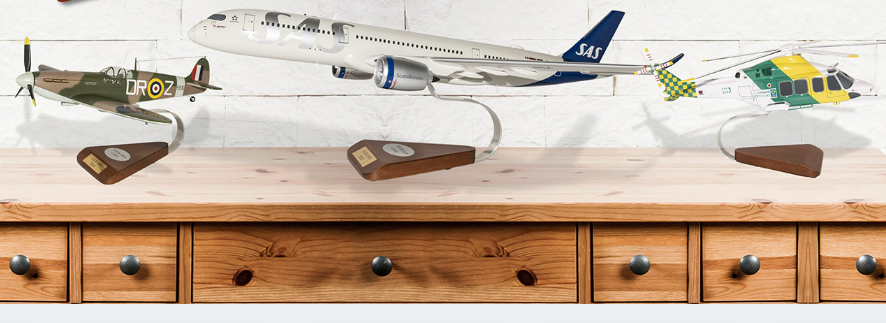
Modelbuffs Model Airplanes: Masters of Aviation Miniatures
Modelbuffs is a renowned company in the world of aviation replicas, specializing in creating highly detailed model airplanes for various purposes. They are known for their accuracy, attention to detail, and impressive craftsmanship. Here’s an in-depth look at the company and its exceptional line of model airplanes.
History and Background
Founded in 2003, Modelbuffs has become a staple name in the aviation industry. With a commitment to quality and innovation, the company has continually pushed the boundaries of design and engineering to recreate some of the world’s most iconic aircraft in miniature form.
Manufacturing Process
Unlike traditional model manufacturing, Modelbuffs utilizes advanced technologies combined with the manual carving and painting skills of our gifted artisans. Our processes involves the use of 3D CAD modeling, precision CNC machining, and various other techniques to ensure a faithful reproduction of the original design.
Why are wooden handmade models often preferred to plastic or die cast models?
1. Aesthetic and Artistic Value
- Craftsmanship: Wooden models are handcrafted by skilled artisans, which adds a level of uniqueness and artistry not often found in mass-produced plastic or diecast models. Each piece is unique, with subtle variations that make it one-of-a-kind.
- Natural Beauty: Wood has a natural warmth and beauty that plastic and diecast materials cannot replicate. The grain and texture of the wood add to the aesthetic appeal of the model, making it more visually interesting and appealing.
2. Durability and Longevity
- Strength: Wooden models can be very durable, especially when made from high-quality wood that is properly treated and sealed. They are less likely to break or deform over time compared to some plastics, which may degrade or become brittle.
- Timelessness: Wood ages gracefully, often gaining character and beauty over the years. With proper care, wooden airplane models can become heirlooms passed down through generations.
3. Environmental Considerations
- Sustainability: Wood is a renewable resource, and when sourced responsibly, it can be an environmentally friendly choice. In contrast, the production and disposal of plastic and metal can have a more significant environmental impact due to the use of fossil fuels and the challenges of recycling.
- Biodegradability: Unlike plastic, wood is biodegradable. At the end of its life, a wooden model will break down naturally without harming the environment.
4. Customization and Detail
- Handmade Detail: The handcrafted nature of wooden models allows for a high level of detail and customization. Artisans can tailor models to specific requests, capturing the intricacies of an airplane’s design in a way that mass-produced models may not.
- Unique Finishes: Wooden models can be finished in various ways—painted, stained, or varnished—to highlight their details and craftsmanship. This flexibility allows for a wide range of looks, from sleek and modern to rustic and vintage.
5. Emotional and Sentimental Value
- Connection: There is often a stronger emotional connection to something handmade, knowing that an artisan has put time and skill into creating it. This can make wooden models more meaningful gifts or collectibles.
- Heritage and Story: Wooden models can carry a story or heritage, especially if made from wood with historical or personal significance. This adds an extra layer of value beyond the object itself.
In summary, while plastic and diecast airplane models have their advantages, such as lower cost and high precision in mass production, wooden handmade models are prized for their craftsmanship, aesthetic appeal, durability, environmental friendliness, and the emotional value they carry. These characteristics make them especially appealing to those who appreciate artistry and sustainability, as well as aviation enthusiasts who seek a deeper connection to their collectibles.
